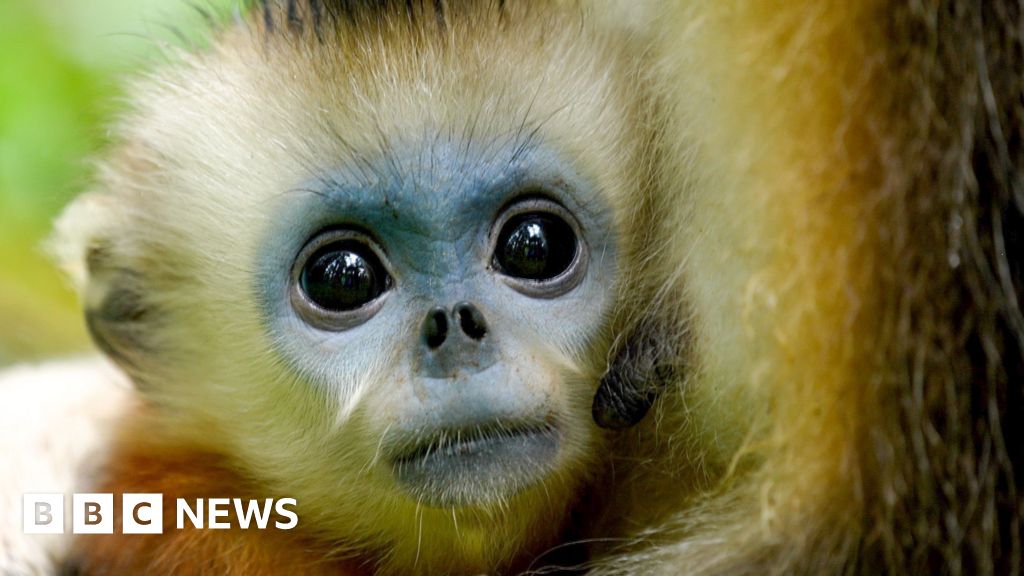India's rivers, especially the revered Ganges, are home to approximately 6,327 river dolphins, including 6,324 Gangetic dolphins and merely three Indus dolphins. However, these fascinating creatures, often called "living fossils," are now classified as endangered by the International Union for Conservation of Nature (IUCN). The Gangetic dolphin, India’s national aquatic animal, is primarily found in the Ganges-Brahmaputra river system.
A recent survey conducted by the Wildlife Institute of India, which spanned 58 rivers across ten states from 2021 to 2023, provided the first detailed count of India’s river dolphins. Unlike their marine relatives, Gangetic dolphins do not leap or swim upright; they are nearly blind, have elongated snouts, and spend much of their time submerged, adapting to the murky conditions of their freshwater habitats.
The survey highlights the perilous state of river dolphins, with over 500 reported deaths due to entanglement in fishing nets or targeted killings for their blubber and flesh used as fishing bait. Conservationist Ravindra Kumar Sinha emphasized the low awareness about the existence of river dolphins prior to the early 2000s. Official recognition of the Gangetic dolphin as India’s national aquatic animal in 2009 spurred conservation efforts, including a comprehensive action plan launched in 2020 and the establishment of a dedicated research center in 2024.
Despite these initiatives, serious challenges remain. Dolphins continue to face threats from poaching, environmental degradation, and increased river cruise tourism that disrupt their habitats. Sinha warns that disturbances from cruise vessels and fishing activities could lead to further decline, reminiscent of the extinct Baiji dolphins in the Yangtze river.
The unique biological adaptations of river dolphins, including their reliance on echolocation for navigation in murky waters, make them especially susceptible to modern challenges. Furthermore, their slow reproductive rates complicate recovery efforts, as females typically give birth to just one calf every two to three years.
Despite the gloomy outlook, Sinha holds a sense of optimism regarding the future of India’s river dolphins. "Government initiatives have played a big role in saving the dolphins," he stated, underscoring the necessity for continued efforts and heightened awareness to protect these remarkable aquatic mammals.




















